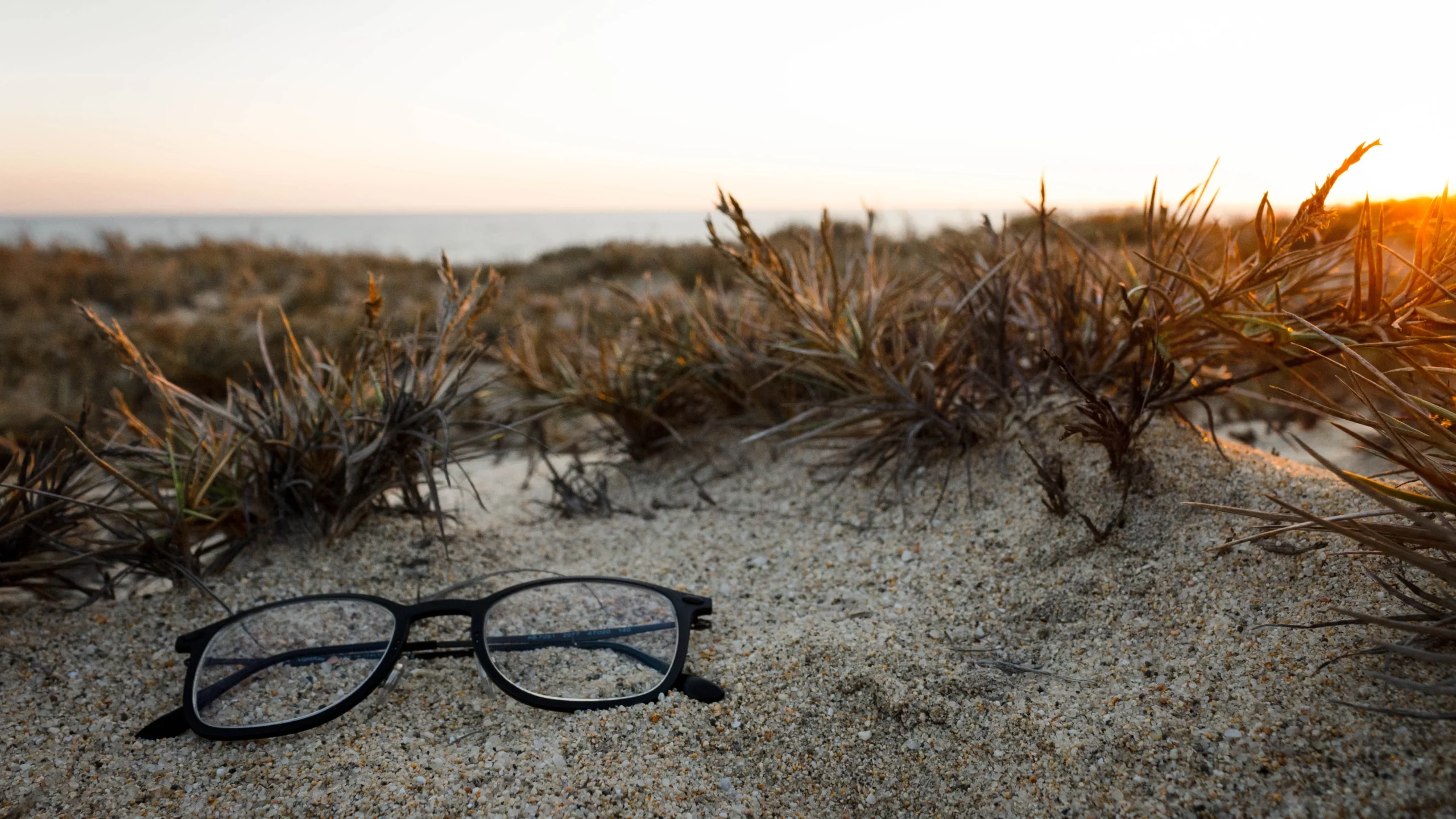Any outdoor enthusiast knows how essential a backpack is to your travel gear. Whether hiking a long-distance trail like Pacific Crest or cycling through national parks, a travel backpack allows you to store all your belongings safely with greater comfort than other types of bags, as it distributes the weight evenly on your shoulders, hips, and back. Thus, a previous post highlights the features you should consider when shopping for a backpack, from ergonomics that enables you to carry it for a long time to expansion capabilities so you can bring everything you need for your journey.
However, besides a backpack, travelers with refractive errors or who need additional eye protection must also consider their eyewear, as they need proper vision to navigate and prevent injury. In this light, this article guides you through choosing between glasses and contact lenses when preparing your eyewear for outdoor activities.
The pros and cons of wearing glasses
For starters, eyeglasses are the most common form of eyewear, which means they’re typically accessible and affordable if you plan to use them for vision correction. Their prescription lenses are highly customizable — from single-vision lenses that help correct myopia (nearsightedness) and hyperopia (farsightedness) to progressive ones that delay or prevent the progression of astigmatism.

Since the lenses can cover not just the eye itself but also the surrounding area, they offer adequate protection from harsh elements like wind, dust, dirt, and more. This aspect is especially crucial when traveling to places like the Himalayas with extreme weather conditions. Compared to contact lenses, eyeglasses are also practical and easy to wear. As long as you have the proper fit for the frame size, lens placement, nose pads, and temples, you can wear them comfortably for prolonged periods.
However, a huge disadvantage to wearing eyeglasses is that they break easily. You’ll mostly be active while crossing streams or jumping on rocks, which means one wrong move can make them slip or, even worse, get lost along the way. Glasses can also fog up from excess moisture and thus compromise your vision. While experts like the Academy of Finland’s FinnCeres lab have developed anti-fogging methods by coating eyeglass lenses with lignin, these protective treatments come at an additional cost.
The pros and cons of wearing contact lenses
Meanwhile, contact lenses rest directly on top of your eyes, thus covering your entire field of vision for optimal clarity and precision. The vision correction in contact lenses is, therefore, seamless and natural, allowing you to move around with freedom and flexibility, whereas glasses always come with the risk of flying or falling off your face during intense outdoor activities. emphasizes Sierd van der Bij, an experienced trekking expert specialising in Alta Via 2 and many other popular hiking destinations

Similar to eyeglasses, contact lenses can also be customized depending on your vision and lifestyle needs. You can opt for daily disposable lenses if you’re only taking a day trip, or go for Biofinity contact lenses, which offer extended wear options for those who plan to use them overnight on particularly tedious cross-country journeys. In terms of vision correction, Acuvue Oasys has soft lenses specifically designed for astigmatism, while OPSM has multifocal lenses that seamlessly adapt to multiple prescription strengths for the wearer’s comfort.
Despite these benefits of variety, freedom, and flexibility, contact lenses can be disadvantageous when you consider their method of application. Beginners may find it particularly difficult to put them on quickly, which may result in teary eyes or the lenses falling off and getting dirty. Nonetheless, there are contact lens kits that come with an applicator and remover for more efficient use.
In trekking areas with high altitudes, like Machu Picchu in Peru or Mt. Kilimanjaro in Tanzania, contact lenses can also dry your eyes out and even pose a risk of eye infection. Thus, optometrists recommend choosing your contact lens solution carefully, as a specific solution may be effective for killing bacteria but may react differently on the contact lens material.
The bottom line
Overall, eyeglasses and contact lenses have their respective pros and cons, and it’s up to you to decide which factors to prioritize for your overall comfort and convenience. Whichever you end up choosing, make sure to bring a spare pair to stay prepared for any loss or damage. For more travel tips and advice, check out the rest of our articles here at The Travel Vibes.

